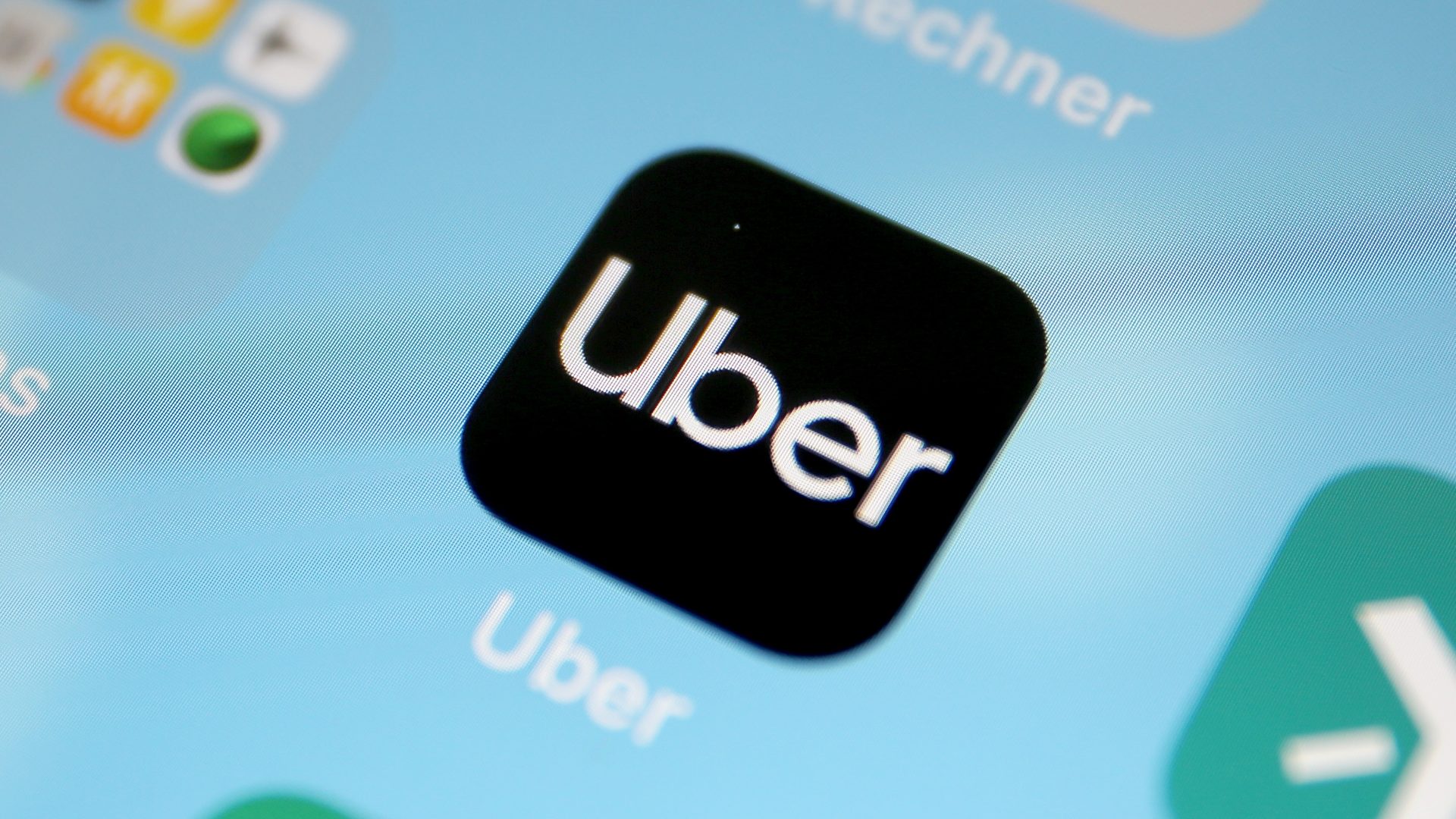

Lyft went public. Then Uber. Measures meant to illustrate that the rideshare companies were ready to leave the security of Silicon Valley and enter reality. Yet, the two IPOs fell flat on their respective faces. Each company’s stock price has tumbled and investors have quickly realized that an ever-growing ridership doesn’t necessarily equate to a sound business. While Uber and Lyft’s public offering woes have dominated the conversation, that awareness has also illuminated how these companies treat drivers. And guess what, it isn’t great.
Lyft and Uber don’t consider drivers employees. Rather, these working men and women are independent contractors. As such, they don’t qualify for the same benefits, safety regulations, and treatment normal employees enjoy. Facing those realities, these drivers often make below minimum wage even though each company promises they’ll make more than enough in their driver-acquisition ads. Drivers, however, have found ways around Uber and Lyft’s predatory employment practices and lower-than-advertised wages as they’ve been routinely manipulating the ridesharing apps in ways that secure higher priced fares.
Recently, ABC 7 News out of West Virginia ran a story about Uber and Lyft drivers manipulating the ridesharing apps to create artificial surge pricing. The practice works by a group of drivers agreeing to all turn off their hailing apps thereby reducing the number of working drivers. Then, after the fares reach an agreed upon number given the lackluster availability, they go back to work with higher than before fares. According to ABC 7 News, this practice is a result of Uber and Lyft’s more recent pay cuts. One driver interviewed said, “Uber doesn’t pay us enough, what the company is doing is defrauding all these people by taking 35-40 percent,” while another claimed, “ Everyone knows [driving without surge pumping] is not worth it. They know if they take a ride from here without surge, without pumping the surge up, it’s not worth it.”
The Drive, however, has found that surge pumping has been around for years. One Reddit thread from early last year spoke about collectively creating surge pricing, saying, “It seems sometime around the first of the year all the regulars got the bright idea of staying offline to induce a surge, and as soon as it pops up I see everyone hop online very quickly. There’s a scramble for it, I’ve seen it happen. I remember one day there were even signs taped to the portapotties urging drivers in broken English to stay offline to make a surge happen.”
In recent days since the ABC 7 News investigation, other Reddit threads have popped up as well on the subject. One driver stated that “[Surge pumping] works as long as you can make a dent in the driver pool. Surge is still a thing and happens for all the same reasons it did before. Me and the 10 or so cars at the airport queue will sometimes collectively log out late at night after a plane lands. When we go to pick up our pax there’s like 100 people standing out there and many times my pax is like “Whoa, how did you get here so fast? These other guys ordered their rides like 15 minutes ago and are still waiting.” Another driver pleaded with others on the forum to stop speaking with journalists about the surge pumping, telling them, “Stop telling news reporters that drivers are manipulating surges. You do you. Leave the rest of us out of it.” Whether all drivers or just some drivers engage in the practice is up for debate. The cause of these collective measures, however, isn’t.
Recently, the National Labor Relations Board released a memo saying that Uber and Lyft drivers were indeed independent contractors, delivering a blow to activists and drivers groups alike in their quest to secure more consistent working conditions. The NLRB stated that because the ridesharing companies afford “significant entrepreneurial opportunity by virtue of their near complete control of their cars and work schedules, together with freedom to choose log-in locations and to work for competitors” and have “nearly unfettered opportunity to meet and exceed their weekly overhead,” drivers should be classified as independent contractors and don’t necessarily meet the measure of employees.
One driver told ABC 7 News that, “They are taking all this money because there’s no system of accountability.”
The two ridesharing giants, however, disagree with Lyft telling the outlet, “Lyft drivers’ hourly earnings have increased 7% over the last two years, and they have earned more than $14B since we launched. Over 75% drive less than 10 hours a week to supplement existing jobs. On average, Lyft drivers earn over $20 per hour.” A study by Buzzfeed, though, refutes Lyft’s claims stating that both Uber and Lyft drivers take home less than $13.25 per hour on average. Given that reality, it’s far more understandable that drivers have taken matters into their own hands. Recently, both Uber and Lyft drivers went on strike to help push their plight to a national stage. Though it wasn’t as successful as other more established union-driven strikes given their employment status, it elevated the conversation.
It’s a far more complex situation than that has been reported. Without true representation, it’s likely that drivers will continue collective actions to benefit the group. Nicole Moore of Rideshare Drivers United—a national union-like group of drivers—spoke with NPR on the subject after the rideshare strike and said, “Just because we can’t be a union doesn’t mean we can’t act like a union.” But whether that’s staging surge pumping meet-ups so everyone has the potential to earn a living wage, further strikes, or fighting for driver’s rights remains to be seen.